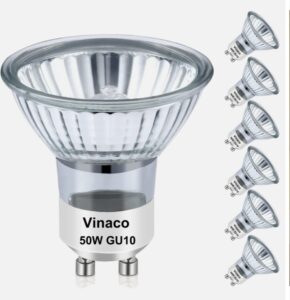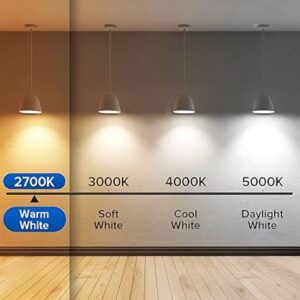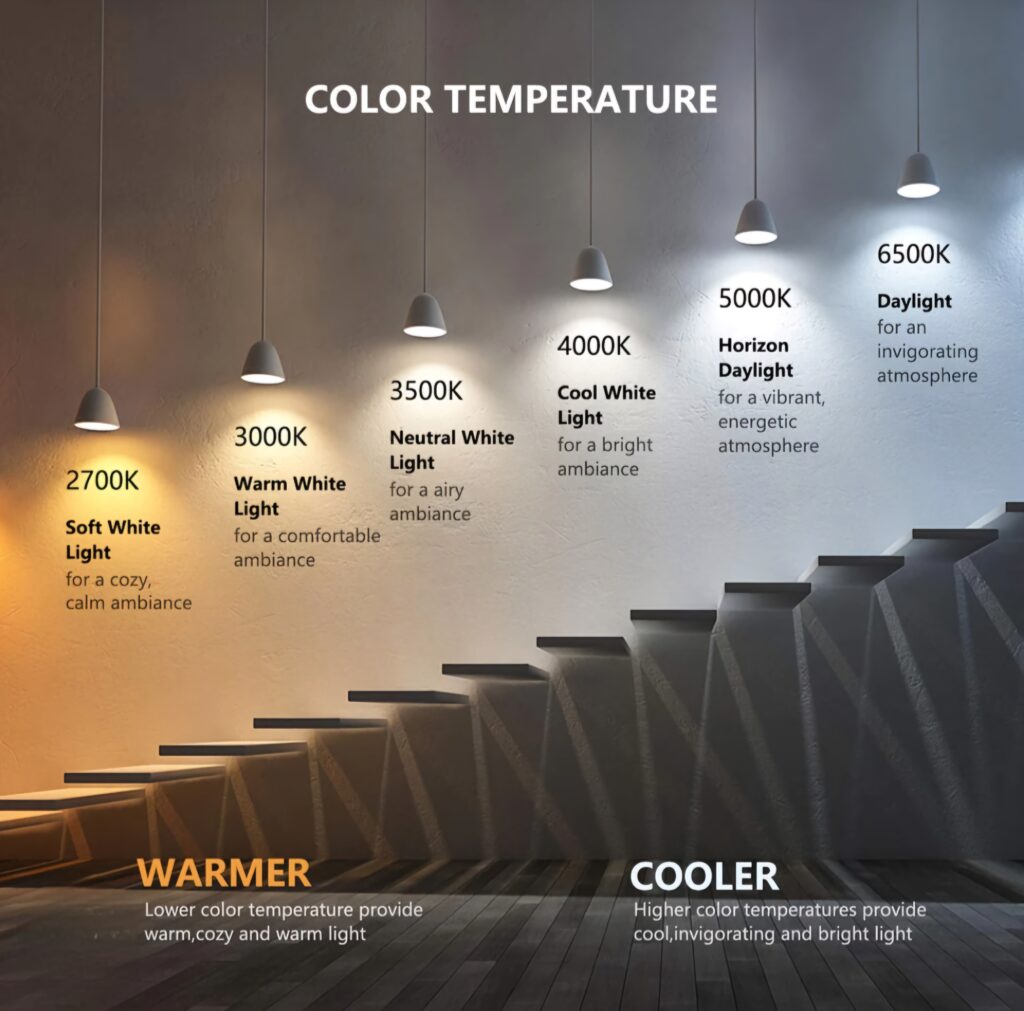LED light strips vs. Halogen: why LEDs shine brighter in enlightening your home. Explore the benefits of LED light strips over halogen counterparts.
Introduction
Choosing the right lighting for your home is crucial, not only for the ambiance it creates but also for energy efficiency and environmental impact. In recent years, Light Emitting Diode (LED) bulbs have emerged as a formidable competitor to traditional Halogen bulbs. In this blog post, we’ll explore the differences between LED and Halogen bulbs and make a compelling case for why LEDs are the superior choice.
Understanding Halogen Bulbs
Halogen bulbs are a type of incandescent light source that uses a tungsten filament enclosed in a small transparent envelope filled with halogen gas. When the bulb is turned on, the filament heats up, and the halogen gas helps to regenerate the filament, extending the bulb’s lifespan. Halogen bulbs have been a popular choice for many years, offering a warm and bright light.

Pros of Halogen Bulbs:
- Initial Affordability: Halogen bulbs are often more affordable to purchase initially compared to LED bulbs, making them an attractive option for those on a tight budget.
- Instant Light: Halogen bulbs provide instant and full brightness as soon as they are switched on, without the warm-up time associated with some other types of bulbs.
- Dimmability: Halogen bulbs are easily dimmable, allowing you to adjust the light intensity to create different atmospheres in a room.
Understanding LED Bulbs
LED bulbs, on the other hand, utilize light-emitting diodes to produce light. These diodes are semiconductor devices that emit light when an electric current is applied. LEDs have gained widespread popularity due to their energy efficiency, long lifespan, and versatility in design.
Pros of LED Bulbs:
- Energy Efficiency: One of the most significant advantages of LED bulbs is their energy efficiency. LEDs consume significantly less energy than halogen bulbs, resulting in lower electricity bills and reduced environmental impact.
- Long Lifespan: LED bulbs have a much longer lifespan compared to halogens. While halogen bulbs typically last around 1,000 to 5,000 hours, LED bulbs can last 25,000 hours or more. This means fewer replacements, less maintenance, and less waste.
- Variety of Designs: LED technology allows for a wide range of bulb designs, including different shapes, colors, and levels of brightness. This versatility makes them suitable for various lighting applications, from ambient lighting to task lighting.
- Cooler Temperature: LED bulbs emit very little heat compared to halogens, making them safer and more comfortable to handle. This also contributes to energy efficiency as less energy is wasted as heat.
- Instant Directional Light: LED bulbs provide instant, directional light without the warm-up time required by some other types of bulbs. This makes them ideal for applications where immediate illumination is essential.

Why LED Bulbs are the Better Choice
- Energy Efficiency and Cost Savings: The energy efficiency of LED bulbs is a game-changer. LED bulbs consume up to 80% less energy than halogens, resulting in substantial cost savings over the long term. While the initial investment in LED bulbs may be higher, the return on investment through lower electricity bills quickly offsets the cost difference.
- Environmental Impact: LED bulbs have a significantly lower environmental impact compared to halogens. Their longer lifespan means fewer bulbs end up in landfills, and the reduced energy consumption contributes to lower greenhouse gas emissions.
- Longevity and Reduced Maintenance: LED bulbs last much longer than halogens, reducing the frequency of replacements. This not only saves money but also minimizes the environmental impact associated with manufacturing and disposing of bulbs.
- Versatility in Design and Functionality: LED technology allows for innovative designs and a wide range of functionalities. From color-changing bulbs to smart bulbs that can be controlled via smartphone apps, LEDs offer versatility that goes beyond basic illumination.
- Safety and Comfort: LED bulbs emit light without producing excessive heat, enhancing safety and comfort. This is particularly important in homes where fixtures may come in close contact with flammable materials or in applications where a cool light source is preferred.
- Dimming Capabilities: Many LED bulbs are compatible with dimmer switches, providing the flexibility to adjust lighting levels according to mood and need. This adds an extra layer of customization to your home lighting design.
Conclusion
While Halogen bulbs have been a staple in lighting for many years, the numerous advantages of LED bulbs make them the superior choice in today’s lighting landscape. From energy efficiency and cost savings to environmental impact and versatility in design, LED bulbs outshine their halogen counterparts on multiple fronts. Embrace the future of lighting technology, and illuminate your home with the brilliance and efficiency of LED bulbs. You can visit our FB page.

